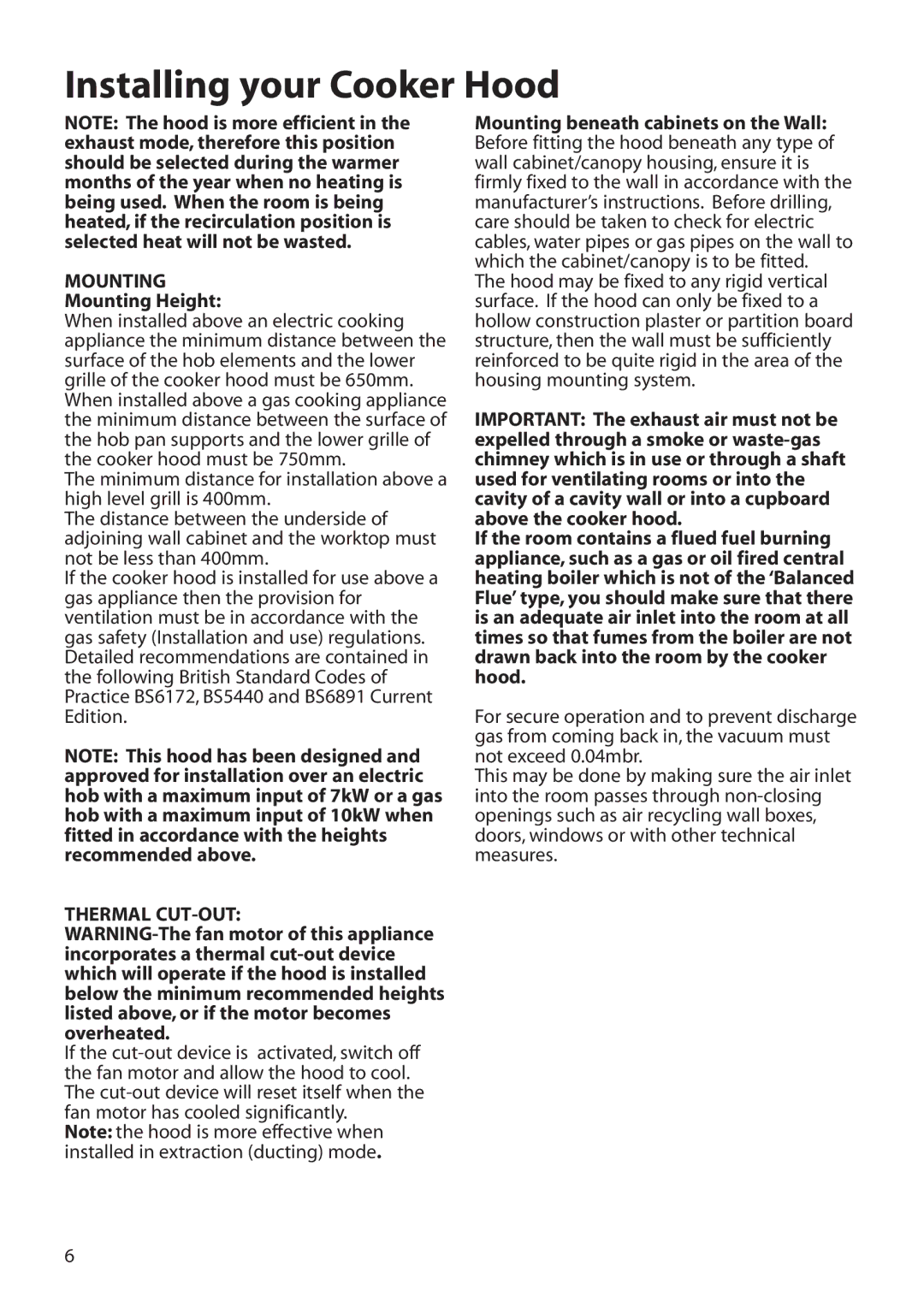HTU30 specifications
The Hotpoint HTU30 is a versatile and efficient under-counter fridge that offers a perfect solution for small kitchens or as an additional refrigeration option. It boasts an elegant design that can be seamlessly integrated into various kitchen styles, making it not only functional but also aesthetically pleasing.One of the standout features of the HTU30 is its generous storage capacity. With a total usable volume of approximately 130 liters, this under-counter model allows ample space for food storage, making it an ideal choice for families or those who like to stock up on groceries. The adjustable shelves enable users to customize the interior layout according to their storage needs, accommodating larger items with ease.
The HTU30 is equipped with advanced cooling technology that ensures optimal food preservation. Its dynamic cooling feature maintains a consistent temperature throughout the fridge compartment, preventing hot spots and ensuring that perishables stay fresh for longer periods. Additionally, the fridge operates quietly, making it a suitable choice for open-plan living spaces where noise levels need to be kept to a minimum.
Energy efficiency is another key characteristic of the Hotpoint HTU30. With a high energy rating, this model consumes less power compared to traditional refrigerators, contributing to lower electricity bills while being environmentally friendly. The appliance also features an energy-saving mode, which further enhances its efficiency during periods of non-use.
In terms of convenience, the Hotpoint HTU30 comes with an easy-to-use control panel that allows users to adjust temperature settings accurately. The appliance is designed with LED lighting, illuminating the interior effectively and helping users easily locate items without the need for excessive rummaging.
Moreover, maintenance is straightforward, thanks to the removable shelves and door bins that can be cleaned and reorganized with minimal effort. The fridge's interior is designed to be resistant to spills, ensuring easy cleanup.
The Hotpoint HTU30 combines practicality with modern design and efficient performance, making it a reliable addition to any kitchen space. With its array of features, user-friendly technologies, and thoughtful design, this under-counter fridge is a smart investment for anyone in need of additional refrigeration. Whether used as a primary appliance or a supplementary unit, the HTU30 is sure to meet a range of storage needs while maintaining the quality expected from the Hotpoint brand.
